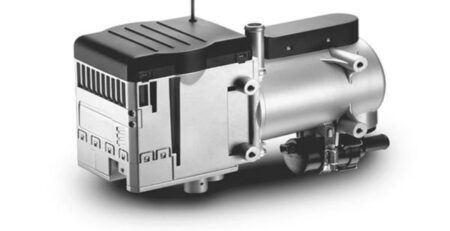Refrigerated vehicle payloads: All you need to know
For anyone looking to purchase a commercial vehicle for the purpose of transporting perishable goods, the first thing that comes to mind is whether it can be fitted with a proper transport refrigeration unit. Understandably, this is a significant factor as you want a vehicle that can maintain a constant temperature. However, it’s important not to overlook the payload specifics. The last thing you want to happen is to purchase a vehicle and later learn that you need to take multiple trips instead of just one because it lacks the payload capacity you need to transport the number of goods you’re looking to deliver.
Keep in mind that heating and cooling experts like Polar Mobility can customize a transport refrigeration unit for you to the specifics of your vehicle and your cooling requirements. With that said, this gives you more freedom in choosing the right type of transport vehicle that suits the current needs of your company while making room for growth.
What is a vehicle’s payload capacity?
Simply put, the payload is the legal amount of weight that refrigeration vehicles can carry. This is the gross load weight that the vehicle is capable of transporting while ensuring it operates safely. Overloading a vehicle past its payload capacity will ultimately break the suspension and can become a complete write-off, costing companies thousands of dollars in damages.
This highlights the importance of paying close attention to the payload capacity of the vehicle you choose and comparing it to the number of goods you’re looking to transport. Maintaining refrigerated vehicles involves ensuring that the payload capacity is never exceeded.
How payload capacity is calculated
Payload capacity is calculated by taking the vehicle’s GVWR (Gross vehicle weight rating) and subtracting it by its curb weight.
- The curb weight is the vehicle’s standard, factory-model weight which takes into account the factory-installed equipment, fluids, and a 90% fuel tank. This is calculated before any modifications are installed, including a transport refrigeration unit. The curb weight can be found in the vehicle’s manual or manufacturer’s website.
- The GVWR can also be found in the owner’s manual and refers to the maximum weight the vehicle can carry to operate safely. This includes modifications, driver and passengers, cargo, and transport refrigeration units. This number is calculated by the manufacturers and involves detailed testing of the vehicle’s structural integrity, suspension, body, frame, and bed.
Payload capacity example
Let’s take the example of a van with a GVWR of 7,800lbs and a curb weight of 4,200lbs. Subtracting the GVWR by its curb weight will give you a 3,200lb payload capacity. Remember that this payload capacity includes the driver, passengers, and any other equipment needed before loading it with cargo.
When you install a mobile refrigeration system in your vehicle, Polar Mobility takes into consideration the payload capacity and works with you to find an ideal solution that meets the specifics and regulations of your industry.













